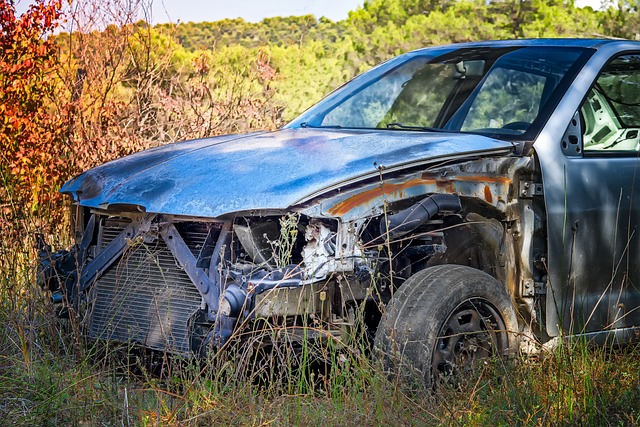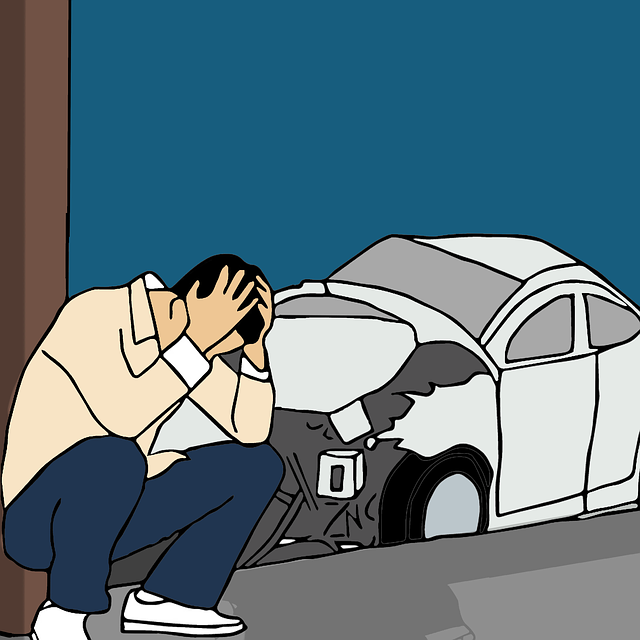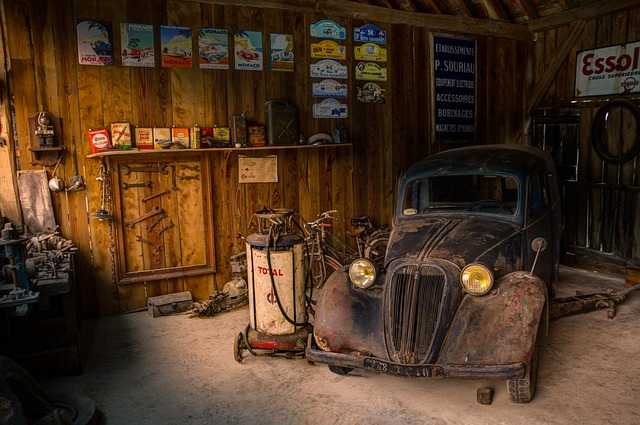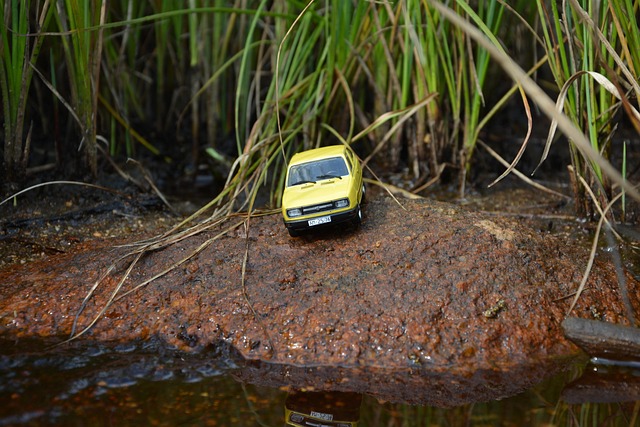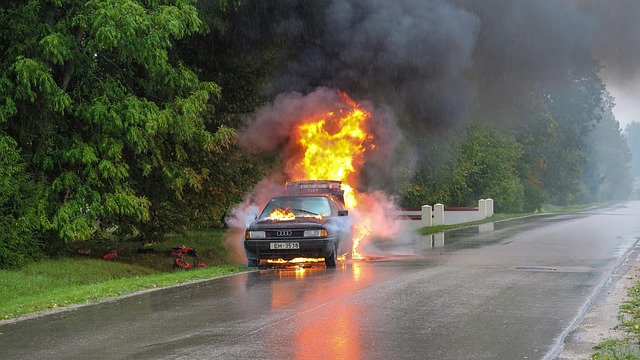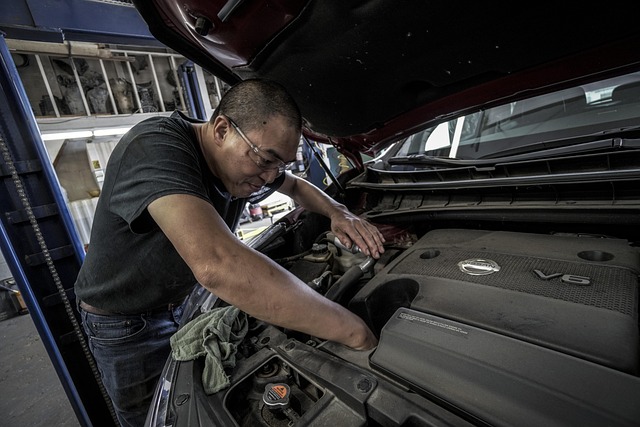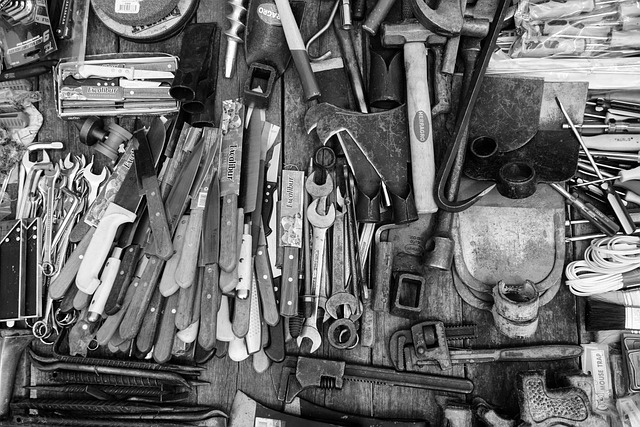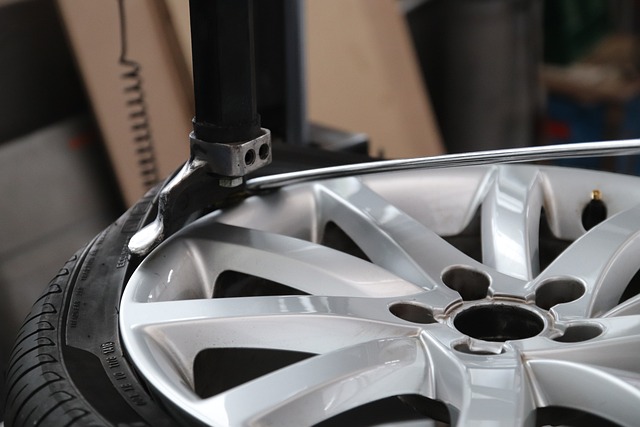Infrared paint drying is a revolutionary technology in the automotive industry, speeding up painting processes by using targeted infrared radiation to cure paint quickly. This method enhances finish quality, reduces defects, and cuts labor costs, benefiting collision centers and frame repair shops. By evaporating moisture swiftly, it revolutionizes car body work, allowing professionals to focus on finishing touches for superior aesthetic results in restored vehicles. Best practices include proper area preparation, suitable heat source selection, and diligent monitoring for optimal finish quality and efficiency.
Infrared paint drying is transforming the automotive industry, offering a revolutionary approach to vehicle painting. This technology utilizes specialized infrared heat to accelerate paint curing, reducing dry times significantly. Unlike traditional methods, infrared paint drying enhances paint adhesion, improves color consistency, and increases overall efficiency in body shops. Understanding this technology and its benefits can lead to superior repainting results for vehicles, ensuring longevity and a pristine finish.
- Understanding Infrared Paint Drying Technology
- Benefits of Using Infrared for Vehicle Painting
- The Process and Best Practices for Optimal Results
Understanding Infrared Paint Drying Technology
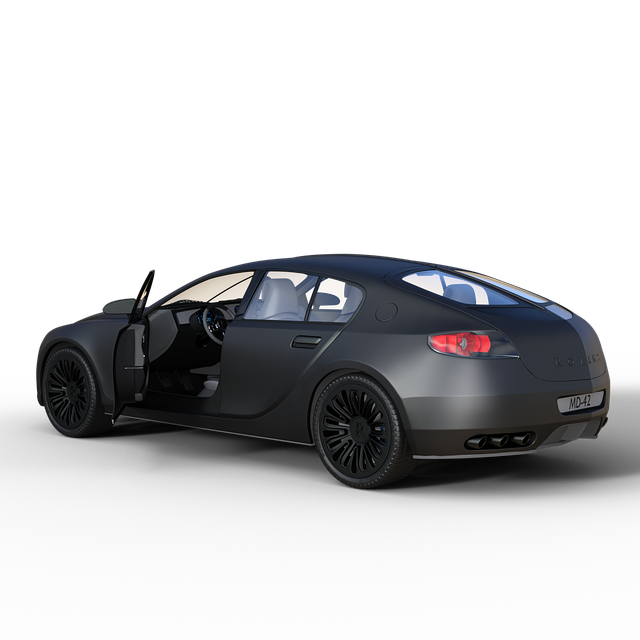
Infrared paint drying is a cutting-edge technology revolutionizing the automotive industry’s painting process. Unlike traditional methods that rely on air circulation and humidity for drying, this innovative approach utilizes infrared radiation to accelerate the curing of paint on vehicle surfaces. By emitting heat at specific wavelengths, infrared paint drying offers significant advantages in terms of efficiency and quality. This technology is particularly beneficial in auto collision centers and auto frame repair shops where speed and precision are paramount.
The process involves directing infrared energy onto the wet paint, which causes the chemical reaction responsible for hardening the paint to occur more rapidly. This not only reduces the time required for drying but also minimizes the risk of defects caused by moisture evaporation. For auto dent repair professionals, incorporating infrared paint drying into their workflow can streamline operations, reduce labor costs, and enhance overall customer satisfaction by delivering high-quality finishes in less time than conventional methods allow.
Benefits of Using Infrared for Vehicle Painting
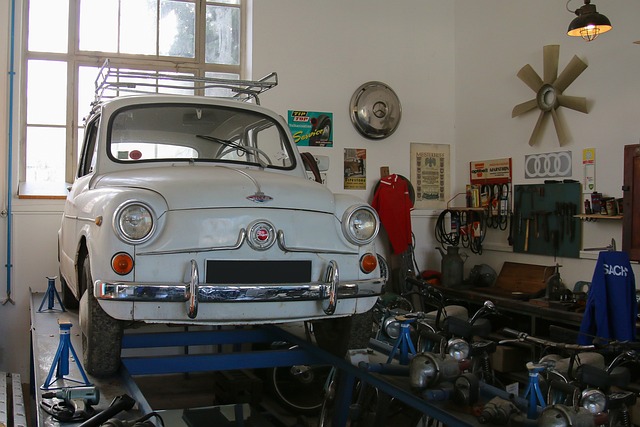
Using infrared paint drying offers a multitude of benefits for vehicle painting processes, revolutionizing how we approach auto bodywork and car body repair. Unlike traditional drying methods that can take hours or even days to cure paint jobs, infrared technology accelerates the process significantly. This not only saves time but also enhances the overall quality of the finish, resulting in a smoother and more durable coat.
Moreover, infrared paint drying is particularly advantageous for vehicle restoration projects. Its precise heating ensures that paint dries evenly across complex car body repair surfaces, preserving details and maintaining the aesthetic integrity of vintage or classic vehicles. By reducing the time spent waiting for paint to dry, infrared technology enables auto bodywork professionals to focus more on intricate finishing touches, making every restored vehicle a testament to their skill and expertise.
The Process and Best Practices for Optimal Results
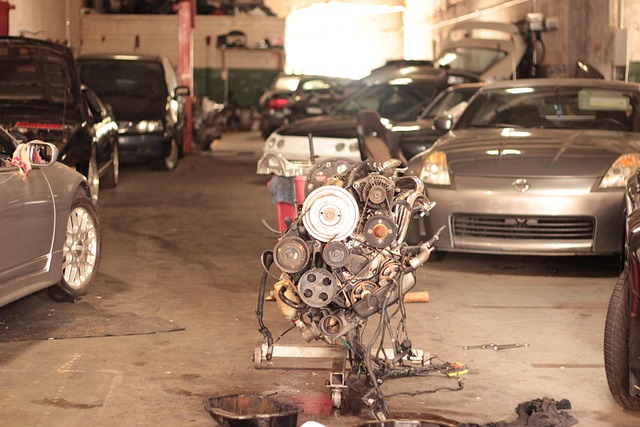
The process of infrared paint drying is a modern marvel that transforms traditional auto body work. Unlike conventional methods reliant on ambient air and time, this innovative technique uses infrared heat to accelerate the drying process significantly. By aiming specific wavelengths of light at the freshly painted surface, moisture evaporates rapidly, allowing for quicker turnaround times at auto collision centers or car body shops. This not only streamlines operations but also ensures superior results in terms of finish quality and paint adhesion.
To achieve optimal results with infrared paint drying, several best practices should be followed. First, ensure the painting area is properly prepared and maintained at an ideal temperature for the process. Next, carefully select the appropriate infrared heat source based on the size and materials used in the auto body work. Additionally, monitor the drying process closely to prevent overheating or potential damage to the paint job. By adhering to these guidelines, car body shops can leverage the benefits of infrared paint drying to offer faster, more efficient services without compromising on quality.
Infrared paint drying is a game-changer in the automotive industry, offering numerous benefits that enhance both efficiency and quality. By understanding and implementing this technology, vehicle owners and professionals can achieve superior results, from faster drying times to improved paint performance. The process not only streamlines painting operations but also contributes to environmental sustainability by reducing energy consumption. With optimal practices in place, infrared paint drying ensures a smooth, professional finish that stands the test of time, making it a smart choice for any vehicle restoration or repainting project.
